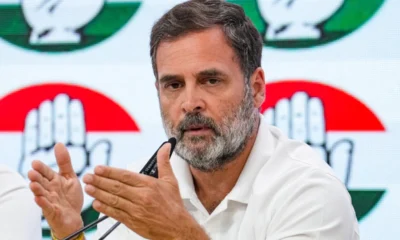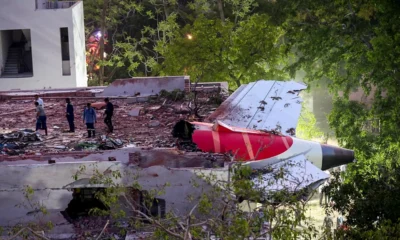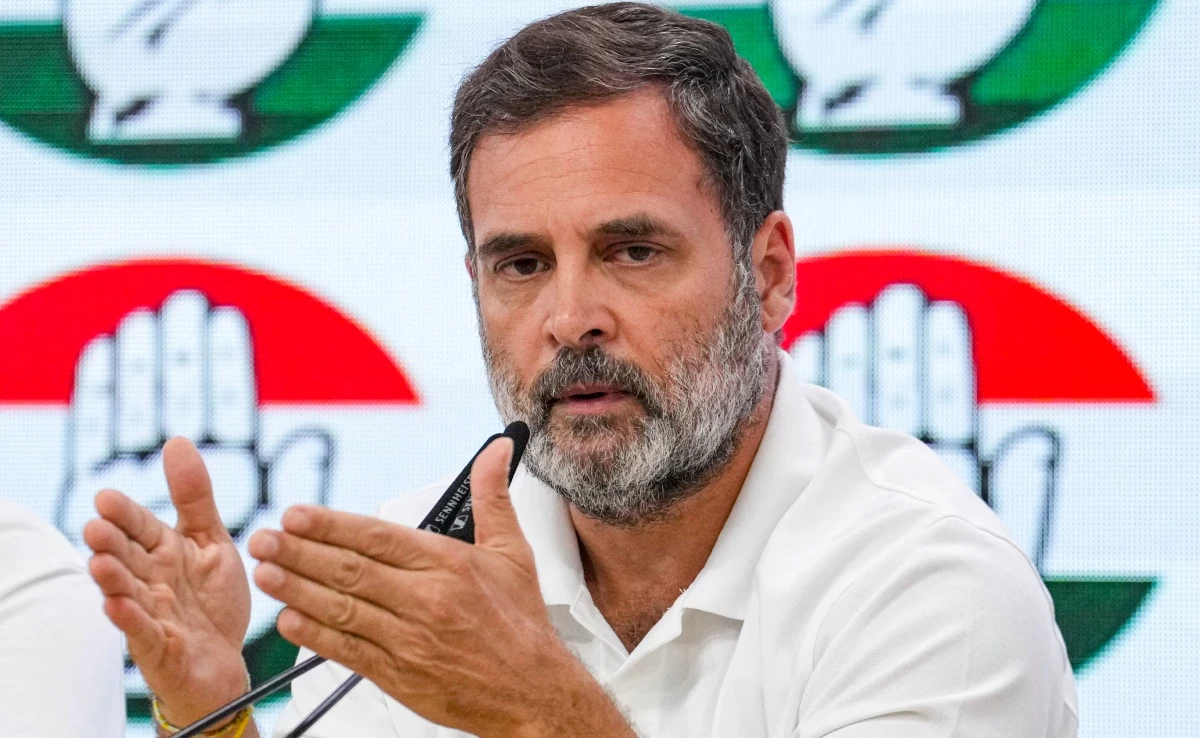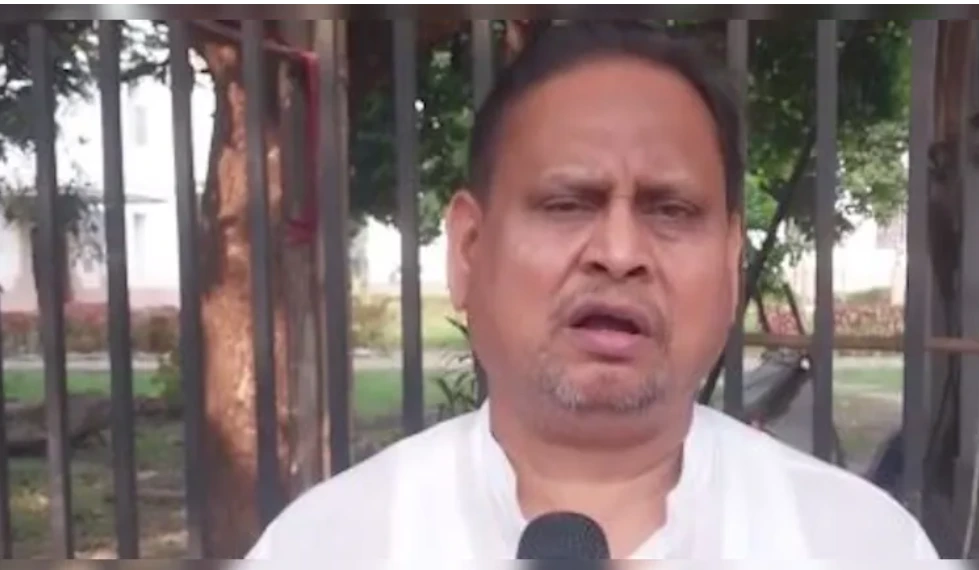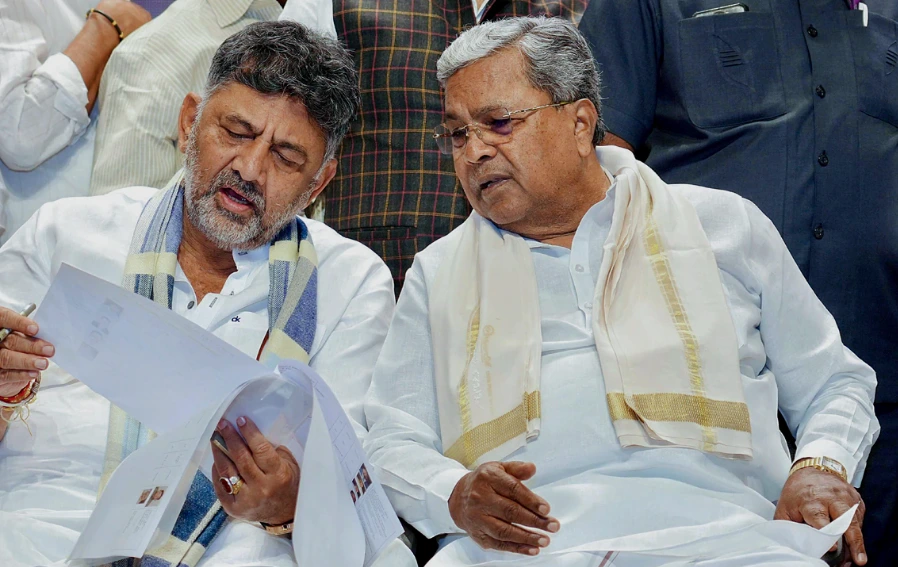[vc_row][vc_column][vc_column_text]
The first part of this piece covers the political compulsions of the government in introducing the Bill and the reasons for the Opposition to back it.
But there are real doubts and questions, not the least of them being whether Modi’s “landmark moment in nation’s history” does mean anything at all.
Questions about the Bill
Would it make any difference? To begin with, the criteria for ‘poor’ – urban house less than 1000 square feet, annual income less than Rs 8 lakh, land less than 5 acres – would include more than 90 per cent of the population.
By any estimate, more than 10 per cent of this category manage to bag jobs even without reservation. So, does this reservation result in any real gain to this category? The real question is, are there any jobs to be had? Last reports said over 1.1 crore jobs were lost in 2018. It would appear that the government’s main intention is to deflect criticism at its failure to provide jobs.
How did the government come up with the ‘10 per cent’ for quota?
Was there any survey to determine the number of persons who fit the criteria fixed for ‘poor’?
Is there any data about number of such ‘poor’ not getting jobs?
How would the government determine cases where the income goes up or decreases, or fluctuates?
The answer is no. This is just a move done without any thought, just because it seemed like a grand idea at the moment. Leap first, look later – as in the case of demonetisation.
In fact, a likely (positive?) impact of this move would be on those upper caste people who keep railing against reservation for dalits and backward classes: it would shut them up.
Legality of the move
Further, while the government goes around claiming to have insulated the Bill from being struck down by judiciary by changing the Constitutional provisions, serious questions have been raised about this.
Former Chief Justice of India AM Ahmadi, who was part of the landmark 1992 Mandal Commission verdict, which capped reservation at 50 per cent, told The Indian Express (IE) that the BJP-ruled government’s move is “directly in conflict” with the Supreme Court judgment on reservations.
Justice Ahmadi was part of the nine-judge Constitution bench headed by then Chief Justice MN Venkatachaliah in the Indra Sawhney vs Union of India case, which settled the legal position on reservations. The 6:3 majority verdict held that reservation, being an extreme form of protective measure or affirmative action, should be confined to a minority of seats. “Even though the Constitution does not lay down any specific bar but the Constitutional philosophy being against proportional equality the principle of balancing equality ordains reservation, of any manner, not to exceed 50 per cent,” the majority view had said.
Ahmadi said that the apex court’s 50 per cent ceiling was to ensure that “reservations are not introduced, and the limit increased, only for election purposes”.
Also Read: Modi govt approves 10 per cent quota for economically weak in general category
Ahmadi pointed out that the 6:3 majority judgment of the nine-judge bench said that economic criterion cannot be the sole basis for determining the backward class of citizens contemplated by Article 16 of the Constitution.
The Constitution bench had held that “Economic backwardness may give jurisdiction to state to reserve provided it can find out mechanism to ascertain inadequacy of representation of such class. But such group or collectivity does not fall under Article 16 (1).”
Asked if the government’s decision to exceed the 50 per cent ceiling was legally valid, Justice Ahmadi said: “The judgment clearly mentions that reservations should not exceed 50 per cent. The Supreme Court had put a cap so that reservations are not introduced, and the limit increased, only for election purposes. With this decision, now what remains is just 40 per cent.”
Writing in IE, Vice chancellor, NALSAR University of Law, Hyderabad, Faizan Mustafa, held that the Bill is likely to be struck down by the SC.
He said that the apex court has laid down in categorical terms that reservation solely on the basis of economic backwardness, that is without evidence of historical discrimination, finds no justification in the Constitution. A nine-judge bench in Indra Sawhney had ruled that reservation is a remedy for historical discrimination and its continuing ill-effects. The court also said that reservation is not aimed at economic uplift or poverty alleviation. Economic backwardness is to be on account of social backwardness.
The backwardness mentioned under Article 16(1) must be the backwardness that is both the cause and consequence of non-representation in the state administration. It has to be backwardness of the whole class, not of some individuals, said Faizan Mustafa. The economic criterion will thus lead, in effect, to the virtual deletion of Article 16(4) from the Constitution. Hence, economic backwardness has to be on account of social backwardness under Article 16(4).
Moreover, the move upsets the 50 per cent cap imposed by the SC on reservation. Justice Thommen in Indra Sawhney said that “any attempt to over-emphasise its compensatory aspect and widen the scope of reservation beyond ‘minority of posts’ is to practice excessive and invidious reverse discrimination”.
BR Ambedkar in his speech in the Constituent Assembly on November 30, 1948, explicitly said that equality of opportunity would require that reservation should be for the “minority of the seats” and only in favour of “backward classes who had not so far had representation in the state”.
The weaker sections as mentioned in Article 46 are a genus of which the backward class of citizens mentioned in Article 16(4) constitute a species. Thus, only backward classes, and not all the weaker sections, are entitled to reservation. Caste and class are not synonymous. Class is not antithetical to caste, caste is an enclosed class. Ambedkar, at the time of the first amendment, which inserted clause 4 in Article 15, told Parliament that “backward classes are nothing else but a collection of castes”. Class here is social class. Thus, economic backwardness must be the result of social backwardness.
Read Part 1: Modi govt’s Bill for 10 pc quota to general category poor may be passed, but is it just a jumla?
[/vc_column_text][/vc_column][/vc_row]

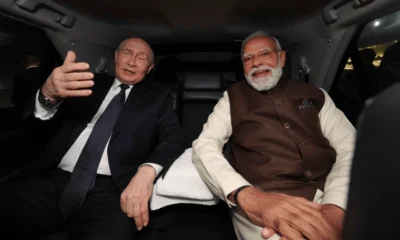
 India News24 hours ago
India News24 hours ago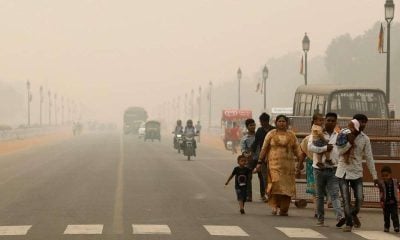
 India News23 hours ago
India News23 hours ago
 Cricket news24 hours ago
Cricket news24 hours ago
 India News9 hours ago
India News9 hours ago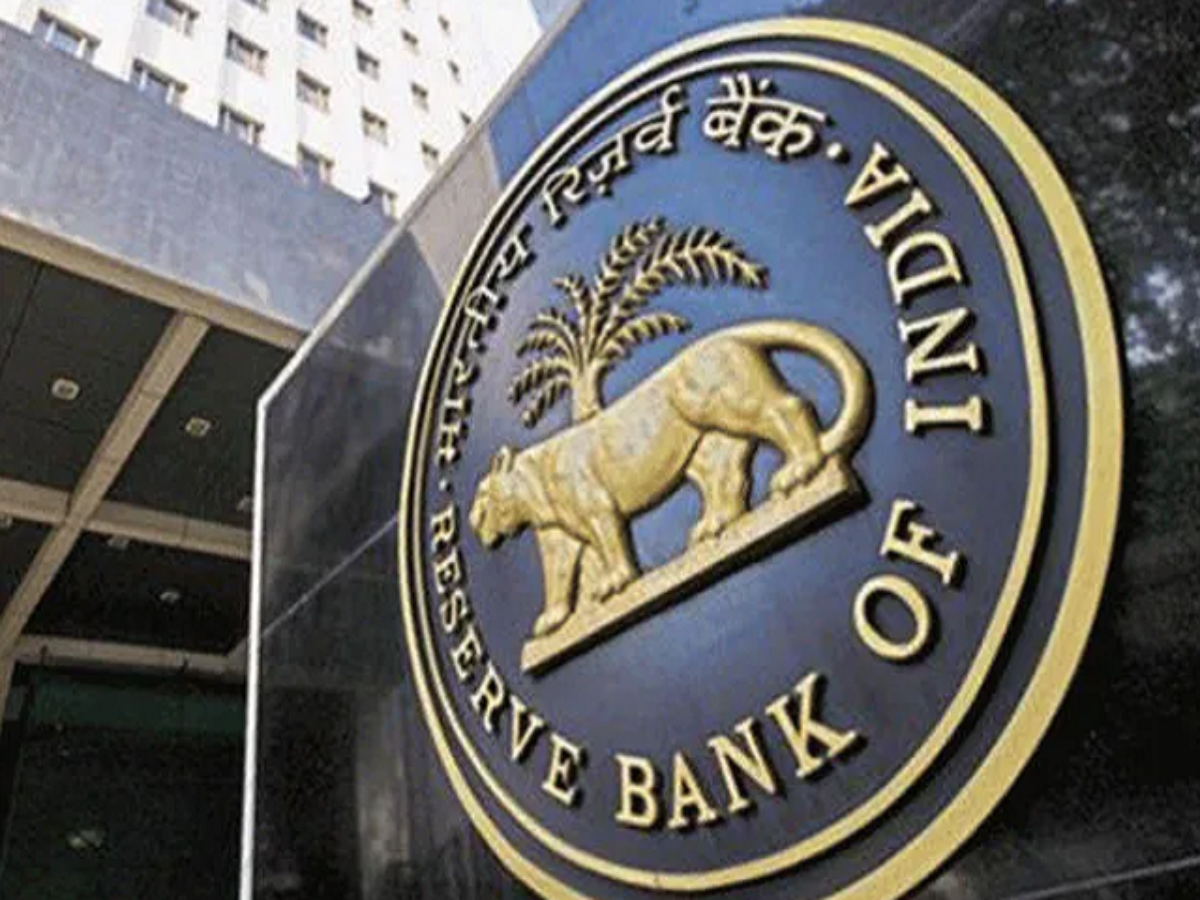
 India News8 hours ago
India News8 hours ago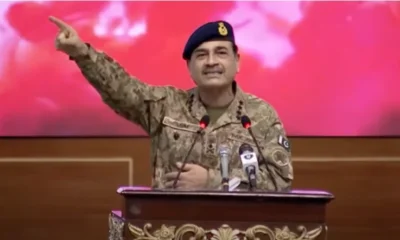
 Latest world news8 hours ago
Latest world news8 hours ago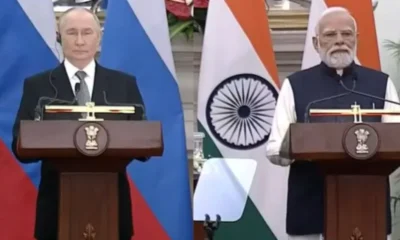
 India News3 hours ago
India News3 hours ago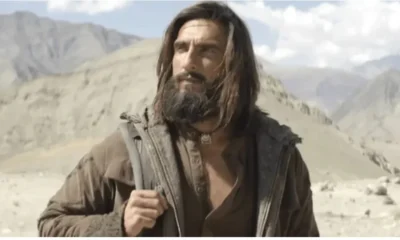
 Entertainment3 hours ago
Entertainment3 hours ago
